 Erica and Sam Driver from ThinkBalm have released a new report. Titled The Enterprise Immersive Software Decision-Making Guide, the focus is obviously virtual environments suitable for business applications. For those not aware of ThinkBalm, they have a growing stable of reports on the state of play in virtual worlds industry, particularly from a business perspective.
Erica and Sam Driver from ThinkBalm have released a new report. Titled The Enterprise Immersive Software Decision-Making Guide, the focus is obviously virtual environments suitable for business applications. For those not aware of ThinkBalm, they have a growing stable of reports on the state of play in virtual worlds industry, particularly from a business perspective.
Aside from detailing nineteen vendors out there, the guide provides some useful strategies to assist in choosing a virtual environment for an enterprise. It’s pretty standard project governance and needs analysis stuff, but tailored well to the topic.
One of the key points from the guide for me revolves around the regular question of “which platform is best?”:
The vendors come from a variety of backgrounds and have different specializations and strengths and weaknesses. They are not all targeting the same use cases. Just as office productivity suites today now include separate-yet-integrated applications for word processing, spreadsheets, presentations, and more, immersive software product suites will evolve to focus on groups of related business problems. Eventually, we envision an immersion layer developing that will integrate with multiple enterprise systems and applications. But this is years away.
I’m a little more bullish on the ‘years away’ aspect. Two to three years, sure, but I’d be surprised if more widespread adoption took longer than that.
Overall, the guide appears to be a rigourous, well-researched piece of work that should provide a useful base for enterprises looking at integrating immersive environments into their operations.
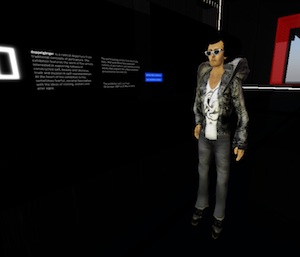
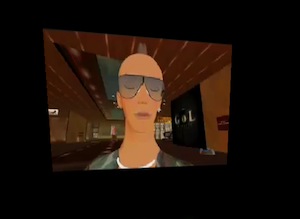
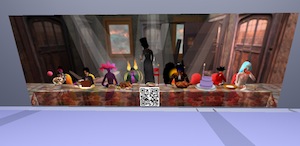



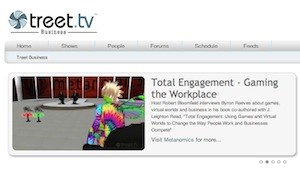
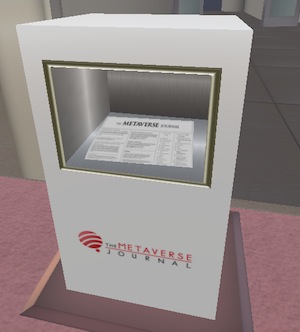




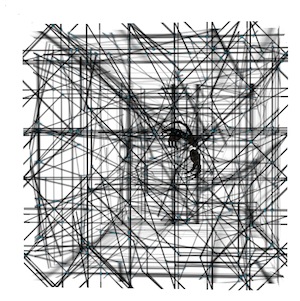
Recent Comments